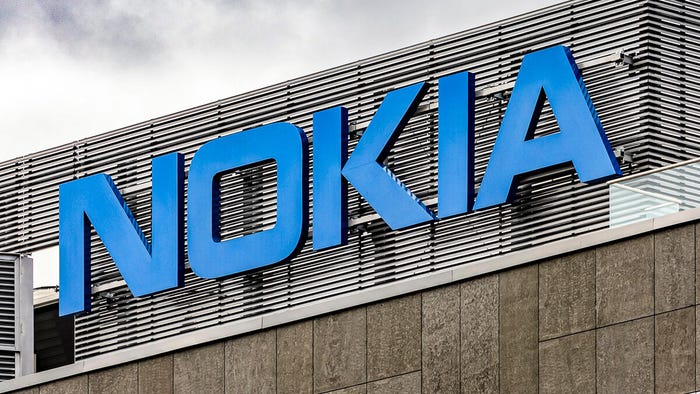The Finnish vendor is to modernize the Swiss operator's transport network to enable faster service delivery through increased automation.

Swisscom is on a mission to transform and expand its network over the coming decade, to meet the growing demands of "increasingly powerful connection technologies" such as 5G and fiber-to-the-home (FTTH) and rising Internet usage.
The Swiss operator has now handed Nokia the contract to upgrade its existing transport infrastructure "to a fully automated and high capacity optical transport network."
The Finnish vendor said it has been selected as the sole supplier to build the end-to-end wavelength division multiplexing/optical transport network (WDM/OTN) nationwide.
Figure 1:  Speed it up: Swisscom has chosen Nokia to upgrade its transport network.
Speed it up: Swisscom has chosen Nokia to upgrade its transport network.
(Source: Paweł Czerwiński on Unsplash)
Christoph Aeschlimann, CTO and CIO at Swisscom, said the strategic partnership with Nokia will support the operator's network expansion strategy until the end of 2025.
As part of this strategy, Swisscom intends to double FTTH coverage for homes and offices when compared to 2019, meaning that 50%–60% of all homes and offices will benefit from transmission speeds of up to 10 Gbit/s.
A further goal is to provide an additional 30%-40% of homes and offices with transmission speeds of 300–500 Mbit/s under the existing fiber-to-the-building strategy.
Swisscom has also entered into a fiber partnership with Salt, the rival operator that is owned by France-based Iliad. Under the terms of the deal, Salt will effectively share some of the cost of Swisscom's network investment and take on some of the associated business risks.
First things first
Aeschlimann recently penned a series of three articles on LinkedIn that outlined how the operator aims to ensure that its fixed and mobile network infrastructure is able to meet future demands.
In his third article, he explained that the transport network ideally has to be one step ahead, because it forms the backbone of data traffic in every telecommunication network.
"Our capacity requirements increase by around 25% each year," he said, noting that this is "hardly surprising when you consider that, within the space of a decade, the average volume of data in the mobile network has grown by 12,200%."
"I am therefore convinced that this growth is likely to continue or even accelerate with the new digital trends on the horizon. It is therefore crucial that we at Swisscom now consider how to expand our networks, particularly the transport network," Aeschlimann said.
Nokia said the upgraded optical network will transport all of Swisscom's fixed and wireless traffic, from customer-provided equipment to metro access to the backbone, and will support client services from 1G to 400G.
The vendor plans to implement its portfolio of optical networking hardware, software and professional services for the network transformation, including Nokia WaveFabric, based on the 1830 family of WDM/OTN platforms supported by the Nokia PSE-V coherent digital signal processor (DSP); and the Nokia WaveSuite portfolio of networking applications for network commissioning, service enablement, and network health and analytics.
Also deployed will be the Nokia WavePrime Digital Twin as a Service, which the vendor said "provides a cloud-hosted digital representation or simulation of the physical network to design, replicate, test and analyze in order to optimize physical network performance and reliability."
Ten into one
Aeschlimann further explained that Swisscom currently operates more than 10 IP networks, and it aims to consolidate them into one single network as part of its Network Vision 2030+.
"This will greatly simplify our systems, reducing our operating expenses and ultimately increasing reliability," he said.
Want to know more about optical? Check out our dedicated optical channel here on Light Reading.
However, Aeschlimann conceded that a complex system cannot be radically restructured overnight.
"In the coming years, every project that we undertake in this area will bring us one step closer to achieving our vision," he said.
Swisscom has already appointed Cisco to help with its network transformation goals. The US-based supplier has been selected as the preferred supplier to transform Swisscom's IP network architecture over the next five years.
Related posts:
— Anne Morris, contributing editor, special to Light Reading
Read more about:
EuropeAbout the Author(s)
You May Also Like











